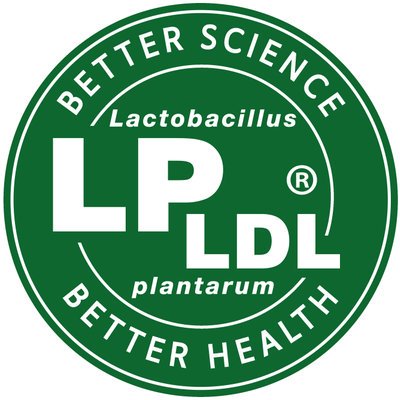
Introducing the microbiome: The next frontier in human health
The human body is inhabited by hundreds of species of microorganisms, mainly bacteria that live in the gut, which are collectively known as the microbiome. In fact, the number of bacterial cells matches that of human cells, with approximately 1013 each for an average adult . However, the importance of the microbiome comes not only from its numbers, but mainly from its activity. Scientists now see the microbiome as the forgotten organ, with metabolic activity often parallel to that of the liver .
The human gut microbiome co-evolves with the host in a symbiotic relationship. Through our diet we deliver nutrients that help gut microbes to grow, while they in turn produce essential nutrients, such as vitamins and short chain fatty acids, which are essential for our wellbeing.
Over the last decade, research has shown that the microbiome performs an active role in cardiovascular wellbeing and that many metabolic activities are jointly carried out through the cross-talk between our body and the gut microbiome. It is also now known that these microbes can produce certain chemicals to communicate with different parts of our body such as the liver, a network known as the gut microbiome-liver axis, and even the brain, the gut microbiome-brain axis.
Altered microbiomes have been linked to very different health issues, ranging from digestive problems, autoimmune conditions and metabolic diseases to obesity to autism. The discovery that the microbiome is crucial for human wellbeing has changed how scientists understand and manage disease, creating huge interest in finding ways to modulate microbiomes and restore them to normality. Probiotics and prebiotics are the two main dietary strategies in this field.
The first approach provides the gut microbial community with live microbes known as probiotics, whose activity can mediate health benefits. Probiotics have been used for millennia in fermented foods and, at present, most strains have been developed to support general digestive wellness and immunity. Advances in our understanding of the gut microbiome composition and function now enable us to develop probiotic strains with activities that bring specific health advantages, such as Lactobacillus plantarum LPLDL® – a next-generation probiotic capable of modulating the microbiome-liver axis, which is heavily involved in cardiovascular health.
The second strategy centres around providing dietary ingredients selectively utilized by the host microorganisms which confer health benefits, known as prebiotics. Gut microbes are adapted to make use of food ingredients that the human organism cannot, such as fibre, the breakdown of which can have a direct or indirect impact on a large number of intestinal microbiome members. The key feature of prebiotics, however, is specificity – stimulating the growth and activity of only those microbes that can help the human host. Achieving true selectivity in an ecosystem as complex as the human gut is difficult, which is evident in the common occurrence of gastrointestinal side effects upon prebiotic ingestion, and the reason why prebiotic precision is key in ensuring only targeted microbes are enhanced. LPGOS® from OptiBiotix is an example of selective microbiome focus, a galactooligosaccharide (GOS) specifically targeting L. plantarum LPLDL® with the capacity to enhance its metabolic activity and growth within the gut microbiome.
Harnessing the microbiome is the next frontier in human health, the full potential of which we are only starting to discover. Probiotics and prebiotics are amongst the most promising dietary approaches for gut microbiome modulation, with specificity in their mode of action and wellbeing benefits key to pushing the boundaries of disease management.
